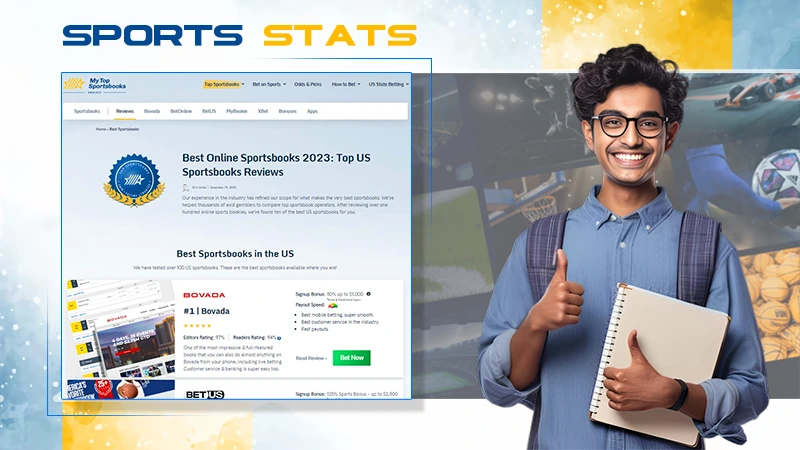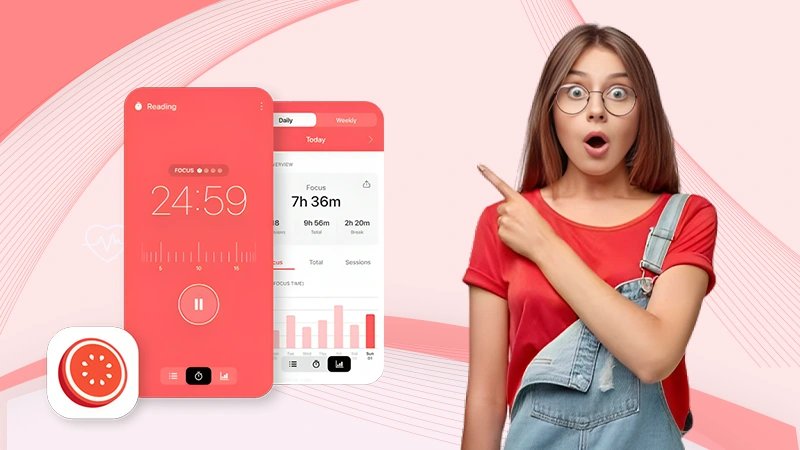According to Oberlo’s Shopping Statistics, approximately 2.14 billion people worldwide buy stuff online. This spells plenty of opportunities for e-commerce businesses to showcase their brands, generate leads, and turn those leads into profit. This is where your home page takes center stage.
As the most frequented page, your home page will be the primary entry point for most of your visitors. Whether customers explore your site more or leave and look at something else depends on this one page alone.
It takes just 0.05 seconds for users to form an opinion about your website, and that’s why first impressions matter. You want that first handshake to be firm and influential.
So how do you set up your home page for success? This article reveals practical optimization tips for building a home page that converts.
Also Read: Top 6 Skills Good eCommerce Software Developers
Provide a Seamless User Experience
Begin with the user in mind. What do you want to see when you’re looking for something to buy online? What makes you leave? Naturally, your potential customers will expect a flawless shopping experience.
To give your users a seamless experience, your website must have a clear navigational structure, allowing users to easily find product categories and subcategories. This makes it easier for users to check out products they may already be thinking of buying or explore other items in your collection.
Many e-commerce sites do this effectively by placing the menu bar directly above the fold. That is, the part of your home page that the user sees first before scrolling down. Keep in mind that users judge your site’s value in a split-second, so the more information you can give them at a glance, the better.
Make sure your users find the following information right off the bat:
- Shop name
- Shop logo
- List of categories
- Search bar
- Shopping cart
- Liked items or bookmarked section
Most importantly, see to it that your users know where they are on the site. A clever combination of good copy and obvious design cues like “Back” or “Back to top” helps facilitate a positive user experience.
Tell Them Who You Are Right Away
With so many options readily available online, setting yourself apart from the competition should be a top priority for any e-commerce business. Your users need to know why you deserve their trust and investment.
So what makes you unique? What problem are you solving, and what solutions are you offering? Your messaging should center around this singular selling point.
Condense your Unique Value Proposition into a tagline, a catchphrase, or slogan. In as few words as possible, tell your site visitors who you are, what your products and services are, and why they should buy from you and not from somebody else.
Don’t underestimate the power of a good copy. If you want to optimize your site and do it right, tap experienced marketers and brand experts to get your messaging right.
Add Trust Signals
The online purchase experience is the exact opposite of the physical buying experience. Instead of inspecting the product for quality first and paying afterward, you have to risk hard-earned money upfront and hope the product lives up to expectations.
So unsurprisingly, trust issues remain one of the primary reasons potential customers leave a website without buying.
The concern is two-fold—they don’t trust the quality of the product, and they’re concerned about how their personal information will be used.
As an e-commerce business owner, it’s in your best interest to relieve any fear or doubt about your products’ authenticity and your dependability as a merchant.
Enhance your website’s credibility by integrating the following trust signals:
- Payment assurances
- Seller verifications and ratings
- Product reviews
- Money-back guarantee promises
- A clear product return policy
- A transparent privacy policy
- SSL certificates and safety logos
- Customer testimonials
The presence of these credibility factors demonstrates your site’s security and helps the buyer feel more confident in completing their first or repeat purchase.
Security is a primary concern when it comes to e-commerce, so if you’re a new business owner shopping for the right e-commerce platform to use, consider site security and reliability as a central point of deliberation.
Personalize
Tap the power of artificial intelligence to give users a more personal experience.
An AI-driven experience utilizes customers’ purchase history and browsing data to provide custom suggestions that fit their individual preferences.
AI integrations help users discover similar items from your collection, revisit abandoned carts, and even upsell products.
If a customer already has something in mind upon entering your site, the AI makes it easier to find what they’re looking for. And even if they’re just initially casually looking, AI can guide them toward products that will likely be valuable to them based on their previous actions on the site.
Artificial intelligence makes it easier for users to hop into the buying funnel and keep them for the long term. Overall, the benefits conferred by artificial intelligence to the e-commerce industry include the following:
- Easy product matching
- Helpful, custom product suggestions
- Dynamic pricing
- Fraud prevention
- Real-time customer service via bot integrations
Consider Going Mobile
Mobile is the next big thing. Nearly half of consumers who shop online do so on their mobile phones, and it’s looking to be the trend. Ignoring mobile experience as an e-commerce business is a fatal mistake.
There are two approaches to catering to your mobile customers:
- Use a responsive website design.
- Go for a mobile-native app.
Whichever method you choose, the user should remain your ultimate deciding factor when selecting the final design and user experience.
Since the mobile space is more restrictive, there are a few tips you need to keep in mind when optimizing a mobile-specific e-commerce home page:
1. Maintain a smooth shopping flow.
2. Stick to a more straightforward design to optimize the use of space.
3. Keep your branding consistent.
4. Use concise copy.
5. Use only quality photos.
You can never go wrong with keeping every element functional. In fact, it may serve you better to design for mobile-first.
Decrease Your Load Time
Forty percent of online shoppers leave the website if it takes more than three seconds to load. And just a crucial one-second delay can hurt customer satisfaction by a whopping 16 percent. Understandably, customers are less generous with their time online.
Here are some helpful tips to increase your homepage speed and avoid site abandonment:
- Optimize your images and videos.
- Utilize page speed plugins.
- Invest in a high-performing web hosting platform.
- Use a content delivery network.
Optimize for Keywords
Websites are ever at the mercy of search engine crawlers. If you want to increase your organic reach and take up a higher ranking in the search engine results pages (SERPs), you need to make sure your home page is optimized for the purpose.
- Ensure all essential information can be seen at a glance right after the user is directed to your site.
- Use a strategic title tag that emphasizes your brand name with your primary keywords and product benefits.
- Utilize a concise meta description to catch users’ attention.
- Avoid overstuffing with keywords, and only use a manageable keywords selection.
- Use website headers.
- Provide a clear call to action.
- Leverage your testimonials.
- Only link to where it makes sense.
- Pay attention to your content flow.
- Balance the use of copy with visuals.
- Add alt text and descriptions to your images.
Having a solid SEO home page strategy in place is a game-changer for optimizing for competitive home pages.
Stick to the Basic
Overcrowding is never a good thing, and the same is true for web design. Include essential information on your home page, but be careful not to bombard your site visitors with overwhelming elements that can end up detracting them from the buying flow or confusing them overall.
Keep your design simple through. Also, make everything easy to read by avoiding difficult words in your copy and ensuring the sections are labeled correctly. Choose the right fonts, and select your branding colors and use them consistently.
Final Word
Setting up a winning home page is one of the best decisions you’ll make for your e-commerce business, and it only makes sense to do so. After all, your home page is closely tied to your marketing efforts. It affects web traffic and is a primary ranking factor for search engines. And because it often dictates whether site visitors stay or leave, it hugely impacts conversions and sales numbers.
More importantly, if you’re running Google ads, it’s imperative to put your best foot forward and make sure you’re getting the best bang for your buck with designing a killer ad and an equally engaging home page. The quality of your landing page, which is the home page for most sites, is a cost-determining factor in your overall ad spend. Optimizing the landing/home page then should be a natural decision.
Overall, establishing a great home page takes patience and lots of testing. Keep tweaking and updating, and let your analytics steer you in the right direction.
















